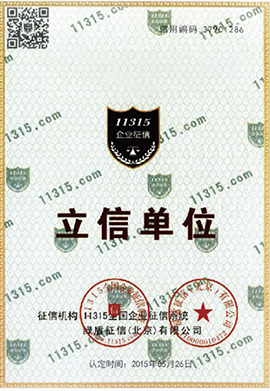maize harvester
The Evolution and Impact of Maize Harvesters
Maize, commonly known as corn, is one of the world’s most important staple crops. Its versatility in culinary applications and significance in livestock feed marks it as a critical component of global agriculture. However, harvesting maize can be labor-intensive and time-consuming. This is where maize harvesters come into play, revolutionizing the way maize is cultivated and harvested.
The origins of maize harvesters can be traced back to the late 19th and early 20th centuries when mechanization began to penetrate the agriculture sector. The first harvesters were basic machines that combined the functions of cutting, gathering, and shelling maize. Over the decades, innovations in technology brought about significant improvements in efficiency, speed, and adaptability.
Modern maize harvesters are sophisticated machines equipped with advanced technology. They come in two primary types self-propelled harvesters and tractor-mounted ones. Self-propelled harvesters are equipped with their own engines and are capable of traveling across the fields independently. They are designed to handle various terrains and can work efficiently in challenging conditions. On the other hand, tractor-mounted harvesters rely on a tractor for mobility and are often chosen by farmers who may already possess tractors and aim to reduce their investment costs.
One of the key advancements in maize harvesting technology is the incorporation of GPS and precision agriculture tools. These technologies allow farmers to optimize their harvesting patterns, ensuring that no crop is left behind. With GPS, farmers can create detailed maps of their fields that highlight areas of varying productivity. This enables them to apply tailored harvesting strategies, reducing waste and increasing the overall yield. It has also helped in understanding soil health and optimizing resource allocation, which is vital in achieving sustainable agricultural practices.
The shift from traditional manual harvesting methods to mechanized maize harvesters has brought about significant benefits. Firstly, modern harvesters significantly reduce the time required to harvest crops. Where it once took dozens of laborers several days or even weeks to complete the harvest, a single harvester can achieve this in mere hours. This efficiency not only saves time but also allows farmers to respond quickly to weather conditions, which is crucial given the unpredictable nature of weather patterns in contemporary farming.
maize harvester

Furthermore, maize harvesters improve the safety of harvesting operations. Manual harvesting can be physically strenuous and exposes workers to various hazards. The use of machines eliminates much of this risk, reducing workplace injuries and making the harvest process safer and more manageable.
Economically, the investment in a maize harvester can yield substantial returns. While the initial cost may appear daunting, the long-term savings in labor, time, and increased yields make them a worthwhile investment for many farmers. The ability to harvest crops more frequently and efficiently allows farmers to maximize their land use and output.
Moreover, maize harvesters play a role in enhancing food security. With the global population continuously on the rise, the demand for staple crops like maize is greater than ever. By increasing harvesting efficiency and yields, mechanization helps to ensure that food supply can keep pace with population growth, reducing the risk of shortages.
Despite their numerous advantages, the transition to mechanized harvesting does not come without challenges. The financial investment can be substantial, especially for smallholder farmers who may struggle to afford advanced machinery. Moreover, there is the aspect of agricultural labor transitions, where manual laborers may find themselves displaced due to mechanization. Hence, comprehensive training programs and support systems are crucial to help farmers maximize the benefits of using these technologies while ensuring that the agricultural workforce is also taken care of.
In conclusion, maize harvesters represent a significant advancement in agricultural technology. They enhance efficiency, improve safety, and contribute to economic stability within the farming sector. As the global demand for maize continues to rise, the importance of these machines cannot be underestimated. Embracing further innovations and ensuring equitable access to these technologies will be essential for the future of maize production and food security worldwide.
Latest news
-
When to Upgrade Your Old Forage HarvesterNewsJun.05,2025
-
One Forage Harvester for All Your NeedsNewsJun.05,2025
-
Mastering the Grass Reaper MachineNewsJun.05,2025
-
How Small Farms Make Full Use of Wheat ReaperNewsJun.05,2025
-
Harvesting Wheat the Easy Way: Use a Mini Tractor ReaperNewsJun.05,2025
-
Growing Demand for the Mini Tractor Reaper in AsiaNewsJun.05,2025
